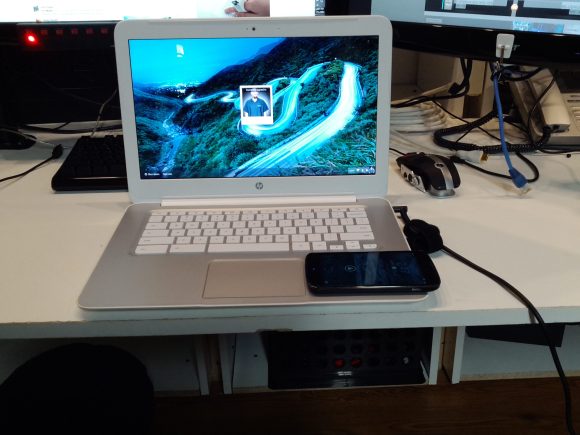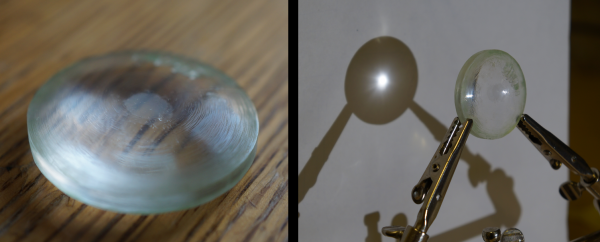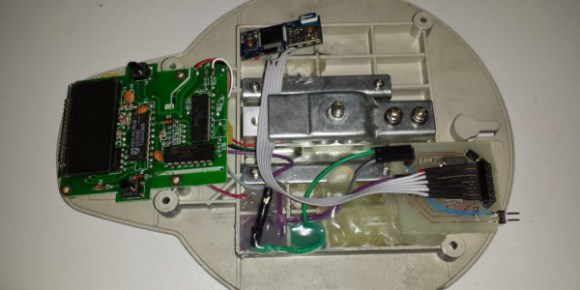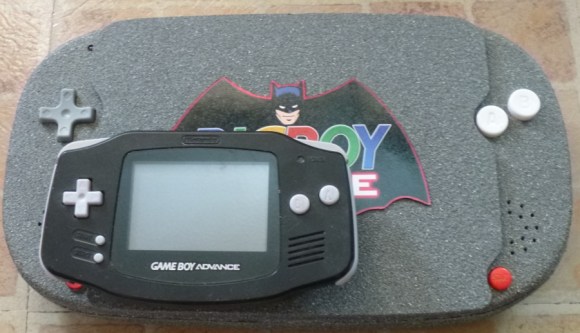
Looking for a project to do [Jason Clark] thought it might be fun to integrate a spare wireless Qi charger into his HP Chromebook 14.
He started by cracking open the Qi charger — it’s held together by adhesive and four phillips screws hiding under the feet pads — all in all, not that difficult to do. Once the plastic is off, the circuit and coil are actually quite small making it an ideal choice for hacking into various things. We’ve seen them stuffed into Nook’s, a heart, salvaged for a phone hack…
Anyway, the next step was opening up the Chromebook. The Qi charger requires 5V at 2A to work, which luckily, is the USB 3.0 spec — of which he has two ports in the Chromebook. He identified the 5V supply on the board and soldered in the wires directly — Let there be power!
While the coil and board are fairly small, there’s not that much space underneath the Chromebook’s skin, so [Jason] lengthened the coil wires and located it separately, just below the keyboard. He closed everything up, crossed his fingers and turned the power on. Success!
It’d be cool to do something similar with an RFID reader — then you could have your laptop locked unless you have your RFID ring with you!














